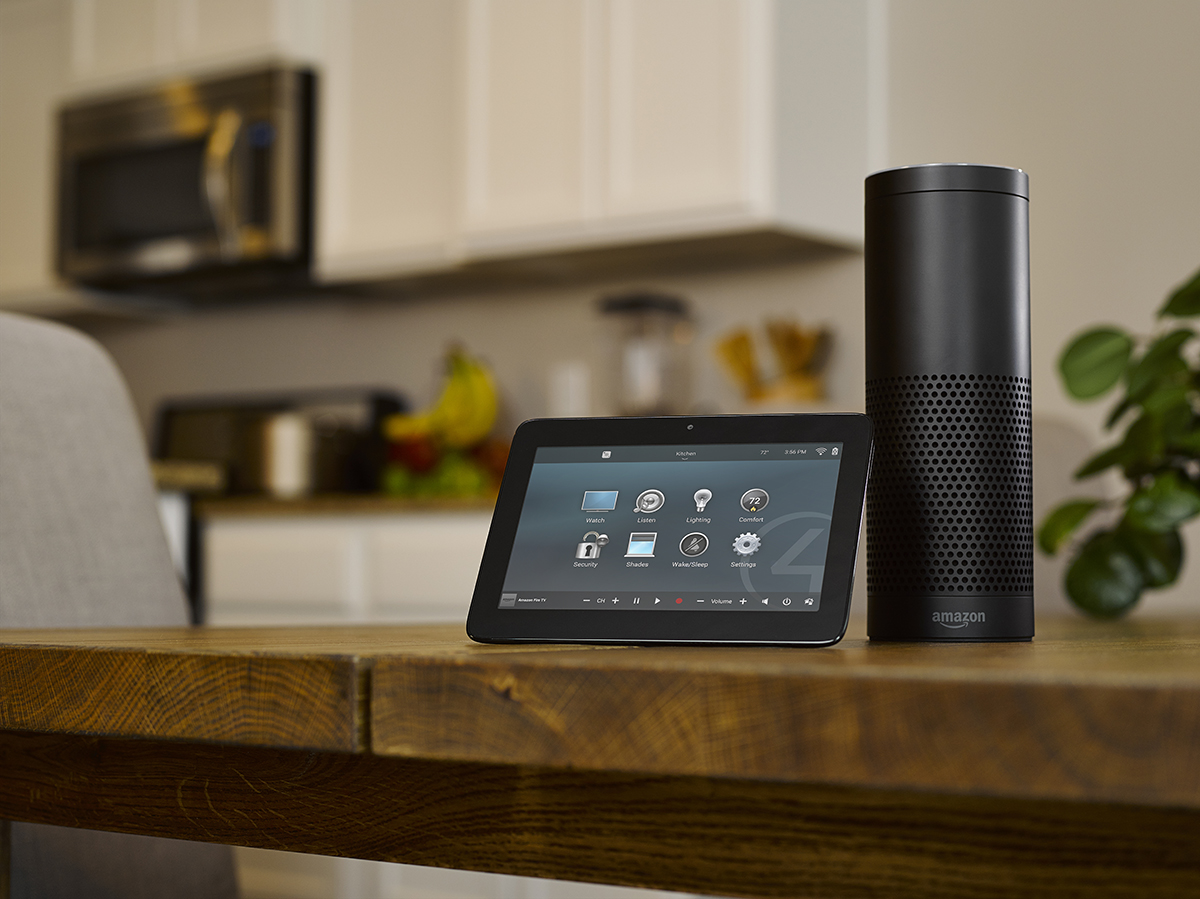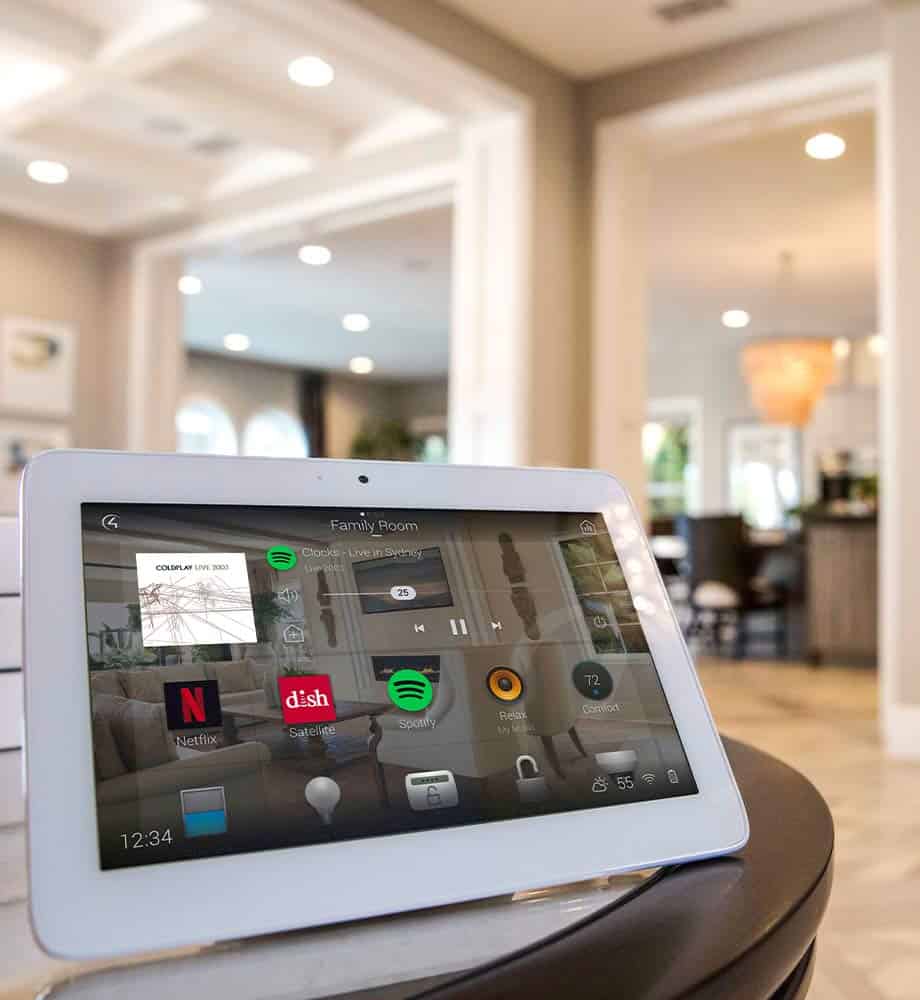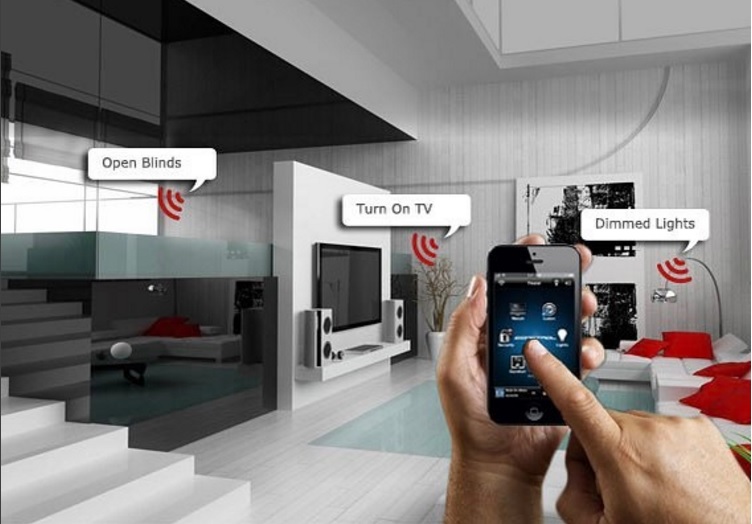Machine Learning in Personalized Home Automation
Home automation is the control of household devices and appliances from a remote location, typically using a smartphone or computer. With the rise of smart home devices, such as Amazon Echo and Google Home, home automation is becoming increasingly popular. However, many home automation systems are not personalized to the individual user's needs. This can lead to a disjointed and inefficient experience.
Machine learning (ML) can be used to improve the personalization of home automation systems. ML algorithms can learn the user's preferences and habits over time, and then use this information to make recommendations and automate tasks. For example, a ML-powered home automation system could learn that the user typically turns on the lights at a certain time each morning, and then turn on the lights automatically at that time each day. Similarly, the system could learn that the user typically turns off the TV at a certain time each night, and then turn off the TV automatically at that time each night.
ML can also be used to improve the security of home automation systems. ML algorithms can be trained to identify suspicious activity, such as unauthorized access to the system or attempts to tamper with devices. This information can then be used to alert the user or take other security measures.
In addition to improving the personalization and security of home automation systems, ML can also be used to create new features and capabilities. For example, ML algorithms could be used to develop a home automation system that can learn the user's preferences for different lighting, temperature, and noise levels. The system could then adjust these settings automatically to create a more comfortable and personalized environment.

ML is a powerful tool that can be used to improve the functionality and user experience of home automation systems. By learning the user's preferences and habits, ML algorithms can make home automation systems more efficient, secure, and personalized.
Benefits of Machine Learning for Home Automation
There are many benefits to using machine learning for home automation, including:

- Personalization: ML algorithms can learn the user's preferences and habits over time, and then use this information to make recommendations and automate tasks. This can create a more personalized and efficient home automation experience.
- Security: ML algorithms can be used to identify suspicious activity, such as unauthorized access to the system or attempts to tamper with devices. This information can then be used to alert the user or take other security measures.
- New features and capabilities: ML algorithms can be used to develop new features and capabilities for home automation systems. For example, ML algorithms could be used to create a home automation system that can learn the user's preferences for different lighting, temperature, and noise levels. The system could then adjust these settings automatically to create a more comfortable and personalized environment.
How Machine Learning is Used in Home Automation
There are a number of ways that machine learning is used in home automation, including:

- Recommendation engines: ML algorithms can be used to recommend products and services to users based on their past preferences and activities. This can be used to create personalized shopping experiences, or to recommend home automation devices and features that would be a good fit for the user.
- Automation: ML algorithms can be used to automate tasks, such as turning on lights, adjusting the thermostat, or playing music. This can free up the user's time and make their lives easier.
- Security: ML algorithms can be used to identify suspicious activity, such as unauthorized access to the system or attempts to tamper with devices. This information can then be used to alert the user or take other security measures.
- New features and capabilities: ML algorithms can be used to develop new features and capabilities for home automation systems. For example, ML algorithms could be used to create a home automation system that can learn the user's preferences for different lighting, temperature, and noise levels. The system could then adjust these settings automatically to create a more comfortable and personalized environment.
Challenges of Machine Learning for Home Automation

There are a number of challenges associated with using machine learning for home automation, including:


- Data collection: In order to train ML algorithms, it is necessary to have a large amount of data about the user's preferences and habits. This data can be collected from a variety of sources, such as sensors in the home, user activity logs, and social media data. However, collecting this data can be challenging, and it is important to ensure that the data is accurate and representative of the user's actual preferences.
- Algorithm development: Developing ML algorithms that can learn the user's preferences and habits and then make accurate recommendations or automate tasks is a complex task. It is important to use the right algorithms for the task at hand, and to train the algorithms on the right data.
- Deployment: Once ML algorithms have been developed, they need to be deployed to the home automation system. This can be a challenge, as it is
Post a Comment